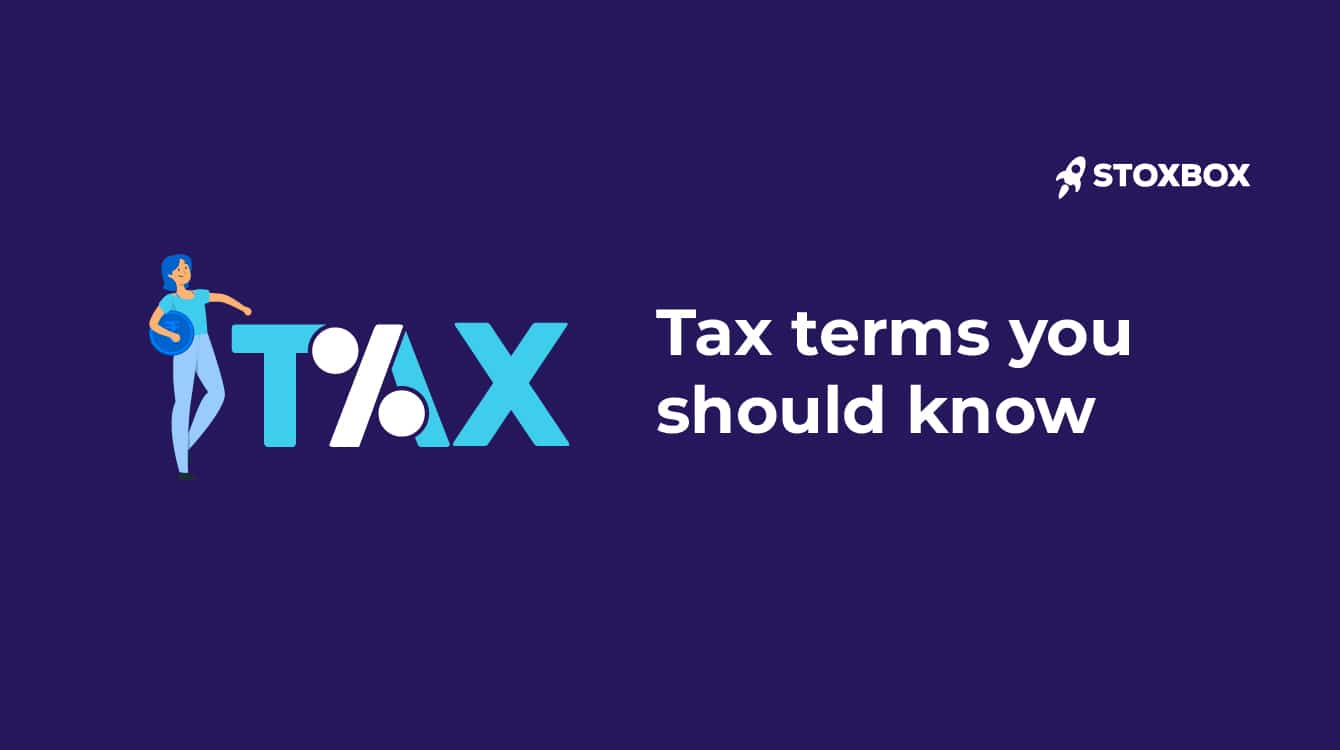Financial Year
For tax purposes, financial year (FY) is the year in which you earn your income and also pay your taxes on this earned income. An FY starts on 1 April and ends on 31 March. So, if you have worked and earned income in 2018-19, it will be considered the financial year.
Assessment Year
On the other hand, the assessment year (AY) is the year following the financial year, in which your income is assessed. This also lasts from 1 April to 31 March and is the year in which you file your income tax returns for the taxes paid in the relevant financial year. In the above example, if 2018-19 is the financial year, 2019-20 will be regarded as an assessment year.
Advance Tax
If you are a salaried taxpayer with other sources of income, like interest income, and your tax liability for the financial year exceeds Rs 10,000 after accounting for the tax deducted by an employer (TDS), you will have to pay advance tax. This has to be paid in the financial year preceding the assessment year in three installments. The due dates are 15 September, 15 December and 15 March, and the penalty for not paying is 1% of the due amount per month.
Self-assessment tax
While calculating your tax liability, if you realize that some tax is due after taking into account the TDS and advance tax, then you pay self-assessment tax. This tax is paid in the assessment year before filing the returns. You need to fill a tax challan, ITNS 280 and can do it at specified bank branches or online.
Tax deducted at source
This is the tax that is deducted from your income at the source of that particular income, be it by your employer on salary, or by the bank on deposits. The rate of deduction may vary for different sources and types of incomes. The TDS, however, may not be the total tax that you are liable to pay since you may have other sources of income that invite a higher tax
Total tax
This is the total tax that you pay on your entire income received from all sources and could be more than the tax deducted at source by your employer or other income sources. This means that TDS will not take care of your entire tax liability and you will have to pay this additional tax as self-assessment or advance tax before filing the returns.
Gross total income
This is a total of all forms of income, including income from salary, property, business or profession, profits or gains, and other sources like interest, etc. From the salary, the exempt allowances under Section 10, such as conveyance, LTA, and HRA, are deducted, and other incomes added, to arrive at the gross total income.
Total income
This is the income arrived at after deductions under Chapter VI-A, which includes Sections from 80C to 80U. The final figure arrived at is subject to tax. This is also known as the total taxable income.Exemptions
This amount is excluded from the gross total income. Available under Sections 10 or 54, the benefit is from a specific source of income, like salary or sale of a property, not the total income. These include leaving travel allowance or interest from tax-free bonds, among others. The amount is deducted from the income before calculating tax.
Deductions
This is the reduction in total taxable income through benefits under Chapter VI-A, Section 80. The amount is reduced by investing in or spending on specific avenues. For instance, a deduction of Rs 1.5 lakh is available under Section 80C if you invest in particular life insurance policies or pay children’s school tuition fees, etc.
You might also Like.
Double Top Pattern: The Ultimate Trading Guide
Have you ever witnessed a promising uptrend reverse on you...


